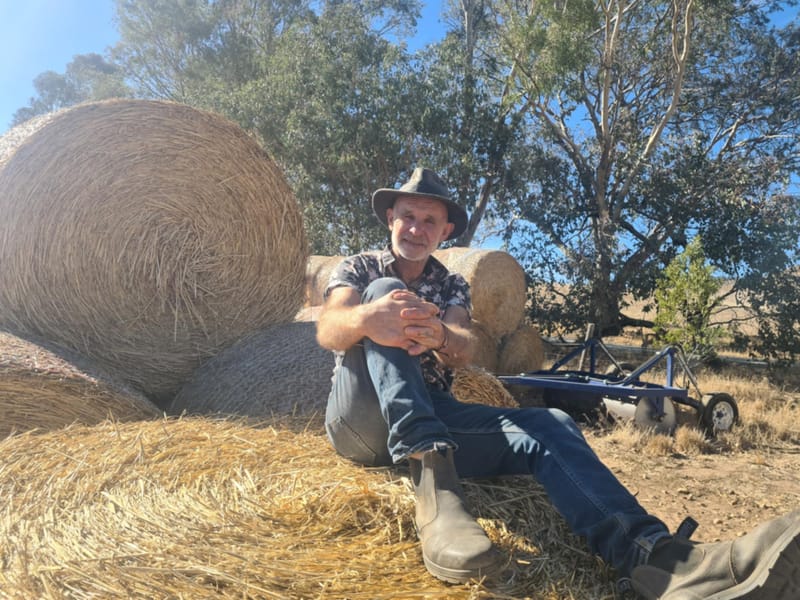Turning passion into success: Glenlea Park goes from strength to strength
PETER Wallis (pictured) has always had a passion for sheep breeding, and the success of his Glenlea Park stud near Pinnaroo is testament to that passion. Two years ago he sold a ram, lovingly named ‘Smithy’ after Australian cricketer Steve...






